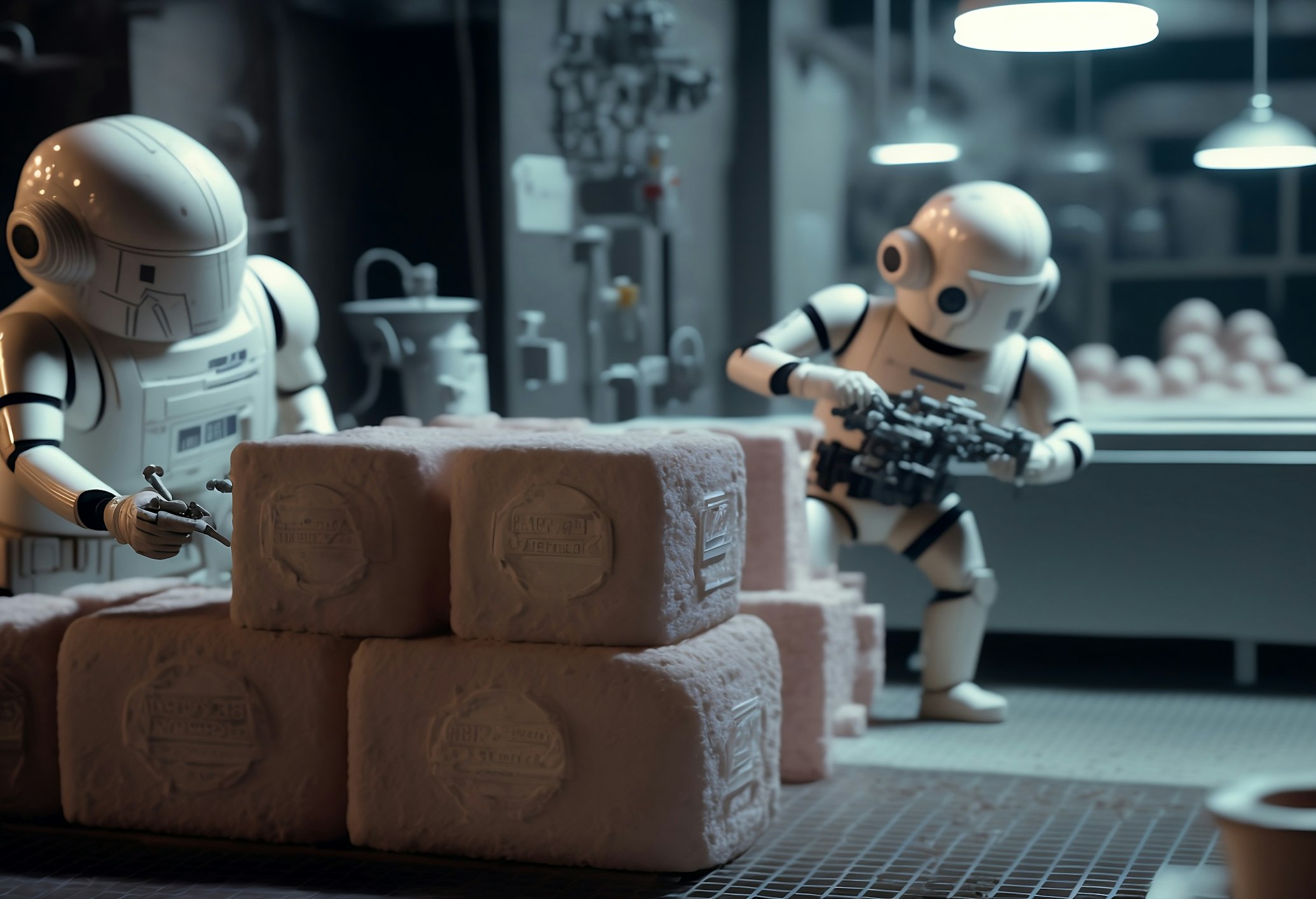In the age of intelligence, collaborating with AI is no longer a futuristic fantasy but a tangible reality. Whether in programming, writing, or design, AI has become a powerful assistant. However, to truly leverage its potential, we need to master the art of collaboration. Here are seven key tips to help you use AI more effectively.
1. Provide Clear and Specific Instructions
When communicating with AI, ambiguity is your enemy. The more precise and clear your instructions, the better the AI will understand your intent and deliver satisfactory results. For example, instead of saying "write a story," try "write a short sci-fi story about a robot who develops emotions and longs for freedom."
2. Provide Context
AI lacks real-world experience and common sense, so providing sufficient context is crucial. When you ask a question or assign a task, explain the background, goals, and any constraints. This helps the AI generate more relevant and useful responses.
3. Master Prompt Engineering
The quality of AI-generated content largely depends on the quality of your prompts. Learning some prompt engineering techniques, such as using keywords, setting the tone and style, and even providing examples, can significantly improve the output. Think of yourself as a director guiding an actor—your direction determines the performance.
4. Iterate and Refine
Don't expect the AI to produce the perfect result on the first try. Often, the best outcomes are the result of multiple rounds of iteration and refinement. Based on the AI's initial output, provide feedback, adjust your prompts, and guide it step-by-step toward the desired result. This iterative process is key to effective collaboration.
5. Treat AI as a Partner, Not Just a Tool
Viewing AI as a creative partner can unlock more possibilities. Ask for its suggestions, let it play devil's advocate, and encourage it to generate unconventional ideas. You might be surprised by the creative sparks that fly when you treat it as a collaborator rather than a mere executor.
6. Leverage Strengths, Compensate for Weaknesses
AI excels at processing vast amounts of information, identifying patterns, and performing repetitive tasks. Humans, on the other hand, possess creativity, critical thinking, and emotional intelligence. In your collaboration, let the AI handle what it does best, freeing you up to focus on higher-level strategic and creative work.
7. Maintain Critical Thinking
While AI is powerful, it is not infallible. It can make mistakes, generate biased information, or fabricate facts. Therefore, always maintain a critical perspective. Verify key information, review the AI's work, and ensure the final output meets your standards and requirements. Your judgment is irreplaceable.
By mastering these seven tips, you can transform AI from a simple tool into an intelligent partner, significantly enhancing your work efficiency and creative capabilities. Start practicing today and explore the infinite possibilities of human-AI collaboration!
